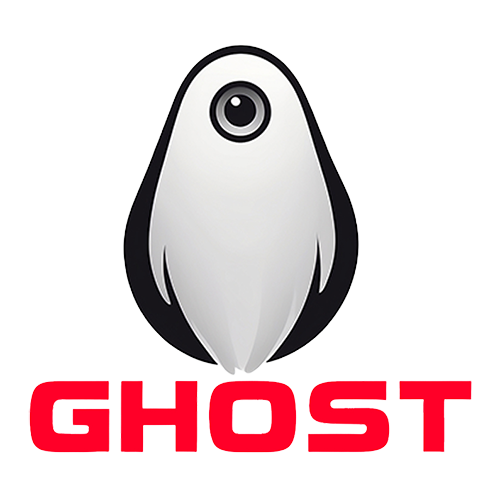In today’s digital landscape, where data is regarded as the new oil, businesses are increasingly looking for efficient ways to leverage customer information. A Customer Data Platform (CDP) emerges as a crucial tool that helps organizations integrate, analyze, and utilize customer data effectively. By centralizing customer information from various sources, CDPs enable brands to create a unified view of their audience, driving better marketing strategies and customer engagement.
Understanding the Basics of a Customer Data Platform
A Customer Data Platform is a software solution designed to collect, unify, and manage customer data from multiple sources into a single database. Unlike traditional data management systems, a CDP focuses specifically on creating an accessible and comprehensive profile for each customer. This centralized system allows businesses to better understand their audience and tailor marketing efforts accordingly.
The data aggregated in a CDP can come from various channels, including online interactions, social media, email campaigns, and even in-store purchases. By consolidating this information, a CDP helps eliminate data silos, ensuring that marketing teams have a holistic view of customer behavior. This single source of truth is crucial for effective strategy formulation, as it allows organizations to make data-driven decisions.
In essence, a Customer Data Platform acts as a critical intermediary between different data sources and marketing teams. It transforms raw data into actionable insights, enabling brands to personalize their communication and enhance customer experiences. Understanding the fundamental role of a CDP is the first step in harnessing the power of customer data.
Key Benefits of Implementing a Customer Data Platform
One of the most significant benefits of a Customer Data Platform is its ability to enhance customer segmentation. By integrating data from various sources, businesses can identify distinct customer segments based on behavior, preferences, and demographics. This segmentation allows for highly targeted marketing campaigns, which can lead to improved engagement and conversion rates.
Another key advantage is the improved customer experience it fosters. With a unified view of each customer, brands can personalize interactions and tailor offerings to meet individual needs. This level of personalization not only strengthens customer relationships but also builds brand loyalty, as customers feel valued and understood.
Furthermore, a CDP streamlines marketing operations by enabling better data management and analytics. By automating data collection and reporting processes, marketing teams can save time and focus on strategy development. With real-time insights at their fingertips, businesses can respond more swiftly to market changes and customer demands, ultimately driving growth.
How to Choose the Right Customer Data Platform for You
Selecting the right Customer Data Platform requires careful consideration of your business’s unique needs and objectives. Start by assessing the volume and variety of customer data your organization handles. If you have diverse data sources, opt for a CDP that offers robust integration capabilities, allowing seamless data aggregation from various platforms.
Additionally, consider the scalability of the CDP. As your business grows, so will your data needs. Choose a platform that can scale with your organization, accommodating additional data sources or increasing user requirements without compromising performance. This future-proofing will save time and resources in the long run.
Lastly, take into account user-friendliness and support. A CDP should be intuitive for your marketing team to use, minimizing the learning curve. Evaluate customer support options, including training resources and technical assistance, to ensure you have the help necessary to make the most of the platform.
Best Practices for Managing Customer Data Effectively
Implementing best practices for managing customer data is crucial for maximizing the value of your Customer Data Platform. First and foremost, prioritize data quality by establishing processes for regular data cleaning and validation. This ensures that the information you rely on is accurate and up-to-date, which is essential for making informed decisions.
Additionally, pay close attention to data privacy and compliance. With regulations like GDPR and CCPA, it’s essential to implement measures that protect customer information and ensure compliance with legal standards. Regular audits and a clear privacy policy can help build trust with customers and protect your brand’s reputation.
Lastly, foster a culture of data-driven decision-making within your organization. Encourage teams to utilize the insights generated by the CDP in their strategies and operations. By promoting collaboration between departments and emphasizing the importance of customer data, you can leverage the full potential of your Customer Data Platform.
Future Trends in Customer Data Platforms to Watch For
As technology continues to evolve, so too will the capabilities of Customer Data Platforms. One emerging trend is the integration of artificial intelligence (AI) and machine learning (ML) into CDPs. These technologies have the potential to enhance data analysis, providing deeper insights and allowing for more sophisticated customer segmentation and predictive modeling.
Another trend to watch is the increasing focus on data privacy and security features within CDPs. As consumer awareness around data protection grows, businesses will need to prioritize platforms that offer robust security measures and compliance tools. This will not only protect customer information but also ensure adherence to evolving regulations.
Lastly, we can expect a shift towards more real-time data processing capabilities. As customers engage with brands across various platforms, the demand for immediate insights will rise. Future CDPs will likely focus on providing real-time analytics, enabling businesses to respond dynamically to customer behavior and market trends.
In conclusion, a Customer Data Platform is an essential tool for businesses looking to harness the power of customer data. By understanding its fundamentals, benefits, and best practices, organizations can make informed decisions about their data management strategies. As the landscape continues to evolve, staying abreast of trends will ensure that businesses remain competitive and capable of delivering exceptional customer experiences. Emphasizing an integrated approach to customer data will undoubtedly pave the way for future success in an increasingly data-driven world.








